Gas on the brake: trading exchange lacks fuel
The first gas trading exchange was established in Russia four years ago. The new marketplace was designed to create a fair price for gas for industrial companies. However, the work of the agency turned out to be specific. According to experts, the exchange trade never developed in full force. The amount of natural fuel on the site is still limited, and different price approach allows to implement far from transparent schemes. Meanwhile, the FAS of Russia is developing a draft project of changes to the rules of gas supply to Russia. Realnoe Vremya investigated the intricacies of the gas market.
Gas goes on market way
Gas is the most widely used fuel in Russia. In the pattern of primary energy source consumption in Russian economy, its share exceeds 50%, and in the fuel balance of Russian thermal power plants, gas accounts for more than 70%. The topic of reforming the Russian gas market has attracted attention since the late 1990s. Then independent suppliers (Novatek, Surgutneftegas, Rosneft) began to join the sale of gas along with Gazprom. However, their sales were limited due to problems with access to the unified gas supply system. At that time, the gas market model was three-sector and consisted of the sector of regulated prices for the population and housing and communal services organizations, the sector of long-term contracts for industrial consumers and the free trade sector, where prices were fixed during counter auctions.
In 2002, the government created an electronic free platform where independent organizations could sell natural gas at free prices. This step was dictated by the need ''to develop the free sector of gas market and to obtain an indicative price''.
The first stage of the work lasted until 2004 and represented itself auctions in the form of simple counter auction. The only seller of gas from independent producers on the electronic trading platform was Gazprom, buyers — several large consumers and about 20 regional gas companies. The volume of gas sales at free prices amounted to 2,5 billion cubic metres.
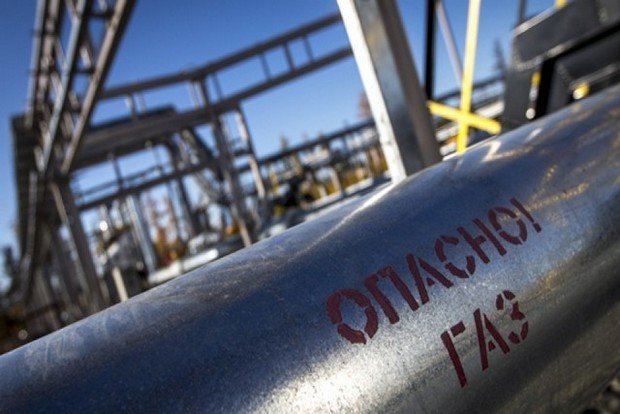
The second stage started in 2005 and finished in 2008. Gazprom created a working group for gas sales at uncontrolled prices on the electronic trading platform. The group conducted preparatory work for the launch of the electronic trading platform with the participation of all gas producers and for the development of a regulatory framework.
Since 2006, the Russian government has taken measures to develop the Russian gas market in accordance with market principles. Then experimental auctions started to be held on the electronic platform. The project was called ''5+5'' and was held at the electronic trading facility of Gazprom's subsidiary — Mezhregiongaz PLC. The first trading session started in November 2006, the final one was held in December 2007. As part of the experiment, Gazprom obtained the right to sell up to 5 billion cubic metres of gas at free price. Independent producers were to sell the same volume. It was important to work out exchange trading mechanisms.
The experiment was recognized as successful and prolonged for 2008 with the condition of compliance with the parity of ''7,5+7,5'' (Gazprom and other suppliers could sell 7,5 billion cubic metres each). However, instead of the planned 15 billion cubic metres of gas through the electronic trading platform, a total of 6,09 billion cubic meters of gas was sold, 51% of which was gas of Gazprom. Independent manufacturers did not fulfill their sales obligations. In total, from November 2006 to August 2008, 11,5 billion cubic metres of gas were sold through the electronic trading platform Gazprom Mezhregiongaz.
On 1 January 2009, gas trading on the trading platform was suspended due to the end of the experiment and the absence of a government decree on continuation of trading. In April of the same year, the Russian Ministry of Energy sent a draft resolution on the sale of gas using exchange technologies to the federal agencies for consideration, but it was not approved until 2012.
Gas exchange trading
In 2014, the section ''Natural Gas'' first appeared by the decision of the Presidential Commission at the St. Petersburg International Mercantile Exchange (SPIMEX). Up to this point, only petroleum products were sold at SPIMEX. The supply of natural gas, sold on the mercantile exchange, began to be carried out with the delivery term ''for the next month''. Later, in 2015-2016 there appeared the opportunity to supply exchange gas for the ''day ahead'', as well as supplies at holidays and weekends, which allowed buyers on the mercantile exchange to increase the volume of purchase of exchange gas, bringing its share in the total volume of gas consumption to the maximum values. Gas trading was designed to create a full-fledged gas market and, as a result, to form a fair price for raw materials.
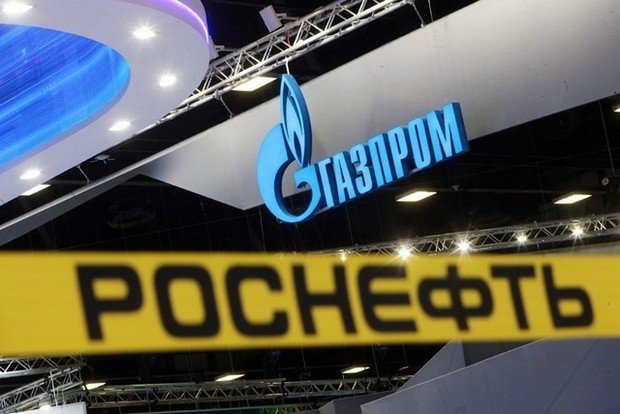
For the development of exchange trading, necessary prerequisites for the state of competition in the market were created, in particular, the markets turned from monopoly into oligopoly ones. Along with Gazprom PJSC, the market is collectively dominated by Novatek PJSC and NK Rosneft. There is also a significant number of other market participants. The development of competition was facilitated by the restructuring of Gazprom PJSC: there was an organizational separation by natural monopoly and competitive kind of activities, in particular, enterprises for production and sale of natural gas, as well as enterprises for transportation and distribution of natural gas were created.
Starting from 2015, exchange trade in Russia has been successfully developing. As of 2017, the exchange has sold over 20 billion cubic metres of gas worth about 100 billion rubles. At the same time, prices in the free market are slightly below the regulated prices on average. In some periods of increased demand, they may be higher, but in general, the consumer has the opportunity to further benefit through legalization of prices in the domestic market.
At the moment, there is a need to accelerate the development of exchange trading, the introduction of market pricing because it will eliminate unevenness in production, transport and consumption of gas, improve the efficiency of gas supply and gas consumption.
To date, there are six or seven gas suppliers selling on the exchange. Three suppliers participate consistently in the trading. About 60 buyers buy gas in the interest of 500 enterprises located in more than 40 regions of the country, that is, in almost all regions where gas is sold. At the same time, the requests are only partially satisfied. Only 20% of the submitted applications on the exchange trades are satisfied, the remaining 80% remain unsatisfied due to the lack of volumes sold at the trades.
The largest natural gas supplier, Gazprom PJSC, is limited in volume of natural gas sales on the commodity exchange, the existing quota of 17,5 billion rubles is fixed in the Decree of the Government of the Russian Federation No. 323 from 16/04/2012, the same volume of natural gas sales on the exchange is intended for independent producers.
About five years ago, independent producers began to compete with Gazprom. They began to make a discount to consumers. For example, the price of gas from Novatek was lower than the price of Gazprom by 2-3% and was not converted to the actual heat of combustion (calorific value) of gas, while Gazprom's price was fixed and approved by the order of the FTS. The possibility of applying the discount by independent producers is due to the inability to sell gas for export. So, 2-3 years ago Gazprom lost many large customers. The paradox of it is that the monopoly is ''clamped'' by its position! The exchange is needed in order to implement the following scheme: Gazprom began to sell gas on the exchange to itself through subsidiaries, in order then to sell it at a discount and win back the market.
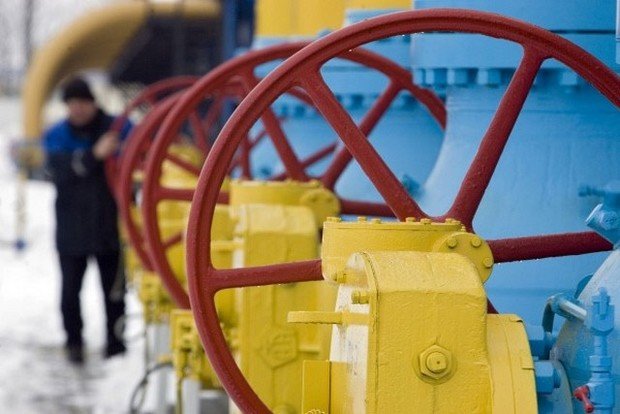
A striking example of the above-mentioned policy of Gazprom was Chelyabinsk Oblast, whose industrial consumers, being in contractual relations with independent producers, began to look towards Gazprom. It should be noted that the quota of 17,5 billion cubic metres is only 3,7% of the total volume of gas sold in the domestic market (in 2017, the volume of gas produced in the domestic market amounted to about 472 billion cubic metres). This is a small figure.
For example, TGC-16 JSC (the branches — Nizhnekamsk CHPP (PTK-1) and Kazan CHPP-3) in Tatarstan burns 4 billion cubic metres of gas a year in average. The volume of gas that can be purchased on the exchange is 28%, which is already 6% of the total volume sold on the commodity exchange of natural gas. To reduce the cost of fuel, it would be good to buy up to 70% of natural gas at an organized auction. And there are a huge number of such stations in the country. All these figures indicate the need to sell a much larger volume of gas at organized auctions.
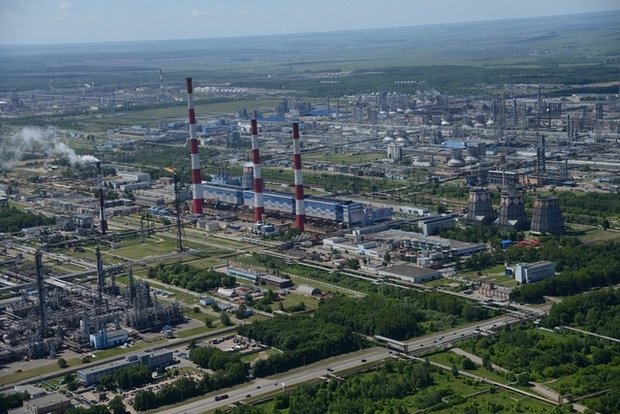
Gazprom vs. independent suppliers
Gazprom seeks complete abolition of restrictions on the sale of its gas on the St. Petersburg International Mercantile Exchange, follows from the letter from Chairman of the Board of the company Alexei Miller to Prime Minister Dmitry Medvedev dated 26 October 2017. According to Miller, the established parity in the amount of 17,5 billion rubles is not observed primarily due to the reluctance of independent producers to sell gas at organized auctions or lack of their resource capacity.
According to the decree of the government, Gazprom is not entitled to sell on the exchange at market prices more gas than independent producers sold, writes Miller. But independent producers already have the right to make discounts to its industrial customers, by 3-10% of the regulated prices in contrast to Gazprom. Gazprom is seeking the right to provide a discount to customers, but competitors oppose this, who fear that this will lead to a decrease in their share in the Russian market. According to the Institute of Energy and Finance, Gazprom accounts for 60% of the Russian market, and independent producers — for 40%.
According to Miller, for the development of gas exchange trade, it is necessary to abolish the current quota for gas trading on the exchange for Gazprom and the condition of parity, as well as ''to develop effective mechanisms that encourage independent gas producers and its buyers to participate in organized trading. In 2017, gas sales at the exchange increased by 21% to 20,35 billion cubic metres. Gazprom has completely exhausted the quota, while independent producers sold about 5 billion cubic metres.
At the moment, independent suppliers have long-term contracts with large regional consumers, respectively, most of the volume is sold under OTC contracts, the remaining volumes are sold on the commodity exchange. The Federal Antimonopoly Service, which also insists on increasing Gazprom's natural gas sales, agrees with Miller's opinion. However, it turned out that the standards for mandatory volumes of gas sales at auction have not yet been agreed with the ministry of energy. The agency has been delaying the adoption of relevant documents for several years. The FAS believes that 10% of the supply should be sold at exchange trading to the domestic market for independent producers, 6% — for Gazprom. If this rule had been applied in 2017, Gazprom would have sold 28,3 billion cubic metres (out of 472 billion cubic metres) at the exchange, while Rosneft, Novatek, Lukoil and Surgutneftegas – no less than 12,4 billion cubic metres (out of 124 billion cubic metres).
The Ministry of Energy of Russia opposes the abolition of restrictions on the volume of gas sold at the exchange trading, offering to increase this volume to 25 billion cubic metres per year for Gazprom PJSC and its affiliates. Then the volume of gas sales for all participants will be 50 billion cubic metres per year. The Ministry of Economic Development also agrees with the agency.
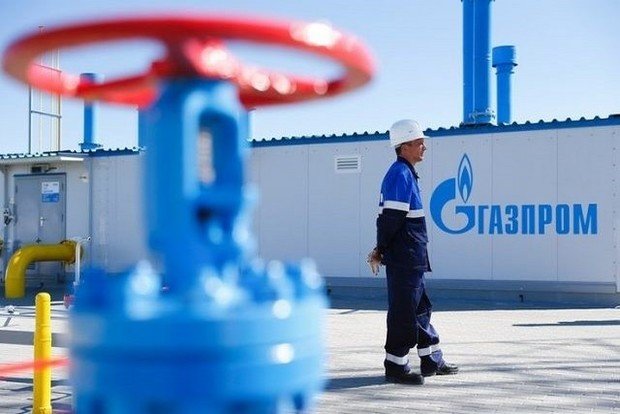
Rosneft and Novatek advocate for maintaining Gazprom's current quota for the sale of gas on the exchange. ''A natural condition necessary for further liberalization of the market, including the growth of gas sales by the monopolist on the exchange, is the creation of equal conditions for all producers in terms of access to infrastructure and consumers. At the moment, such an equality has not been established,'' said the representative of Rosneft.
According to independent suppliers, the abolition of restrictions for Gazprom on the sale of gas can lead to a gradual convergence of prices in the domestic market with export prices, like it was with oil products, which are also sold on the exchange. Gazprom has no reason to constantly give a discount on its gas on the exchange: if there is a seasonal demand, the price of such gas is higher than the regulated one, if there is no demand, it is lower.
As for buyers, representatives of TGC-16 JSC are confident that the increase in the sales quota will be a profitable solution. The share of exchange gas in the total gas consumption will be increased, while the achieved economic effect (the difference between the purchase of natural gas and the price of the FAS and the price of the exchange) will reduce fuel costs under the condition of annual increase in tariffs. The reduction of fuel costs leads to lower prices in the commercial electricity market, reduces tariffs for thermal energy, which is surely beneficial to consumers.
New introductions in the law
In this context, a sore topic for Gazprom, along with restrictions on the quota in terms of sales volume, is the doubling of planned volumes of natural gas purchase under OTC contracts and volumes of gas sold on the commodity exchange. In other words, consumers, due to the lack of confidence in the purchase of planned volumes on the commodity exchange, are forced to take into account the same volumes in the purchase plans for the OTC scenario. Gazprom, in turn, faces the problem of meeting the planned natural gas sales figures, as the same volume is taken into account in the allocated quota of 17,5 billion cubic metres and in non-limited (commercial) volumes of natural gas sold under OTC contracts with consumers.
All these factors have led to the fact that the FAS of Russia today is preparing a draft decree of the government of the Russian Federation ''On amendments to the rules of gas supply to Russia''. The document is being at the stage of preparation of the conclusion on the regulatory impact assessment. Realnoe Vremya got acquainted with the main points of the document and asked gas buyers to evaluate the proposed new introductions.
First, the rules of gas supply in the Russian Federation are introduced the term ''buyer'' or a person who buys gas for own household needs, as well as own production or other economic needs. According to representatives of the energy community, there is a risk of ambiguous application of the term. In accordance with the civil code of the Russian Federation, the parties to the contract are the supplier-seller engaged in entrepreneurial activity, and the buyer purchasing goods for use in entrepreneurial activity or for other purposes not related to personal, family, home and other similar use.
Second, the range of permissible irregularity of gas extraction of 80-110%, provided in the paragraph No. 13 of the Rules of Gas Supply, is excluded. Experts say that the limits of daily unevenness are a compromise solution for all parties, since the deviation from the daily consumption rate occurs in real time. In case of cancellation of this point of the rules, thermal power plants will suffer enormous losses which will eventually affect consumers of thermal and electric energy.
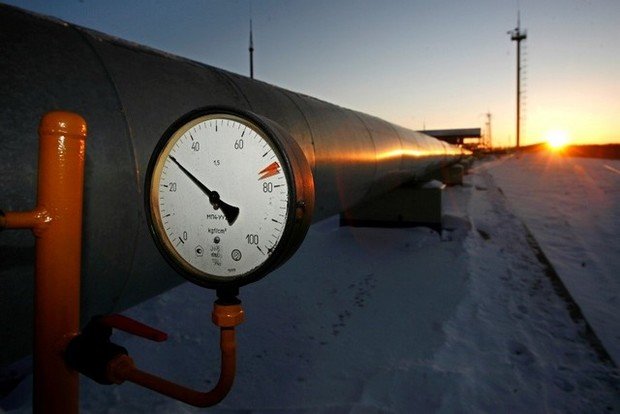
Following another new introduction, the buyer can resell unused volumes of gas at organized auctions within the specified month of supply. But today there is no mechanism of resale of the unused volume of gas. There is also the question of how much to resell – under exchange or over-the-counter contract. According to the St. Petersburg International Mercantile Exchange, during the training seminar, it is possible that only the exchange's unused volume of gas will be resold at the end of 2018, and the uneven consumption will be smoothed by the volumes of Gazprom.
''In case of adoption of this draft resolution of the government, only the interests of Gazprom will be observed, while consumers of natural gas will be forced to bear unreasonable costs associated with the gaps in the rules of natural gas supply, the lack of a system of commercial balancing of natural gas, which will eventually lead to an increase in the cost of final products and will affect the deterioration of the index of consumer prices, the growth of tariffs for heat and electricity,'' representative of the energy industry assess the document in general.
The market needs transparent mechanism
According to TGC-16, a concept for the development of the gas market, including its liberalization and providing for the creation of equal competitive conditions for all its participants, should be developed before any reforms. Before the concept is adopted, it should be discussed with all interested market participants. The concept of development should contain a gradual transition from state regulation of wholesale gas prices to prices prevailing in the market of supply and demand. At the same time, after each stage is put into effect, it is necessary to provide for a transition period necessary to stabilize the market. In our opinion, without the following actions, it will be extremely problematic to carry out an evolutionary transition to the liberalization of the gas market:
- elimination of cross-subsidization in the tariffs of gas mains;
- introduction of equal conditions of access to gas transportation system for Gazprom PJSC and independent manufacturers;
- development of gas exchange trade, it should be implemented at least 10% of the total gas sales in the country. To implement this step, it is necessary to create economic incentives for independent producers to put part of its volume for sale on the exchange (for example, to reduce the severance tax on amounts realized on the stock exchange; to allow the export of gas in volumes equal to the volumes realized on the exchange);
- development of mechanism of implementation of unused volumes of gas to industrial consumers through its sale at commodity exchange.